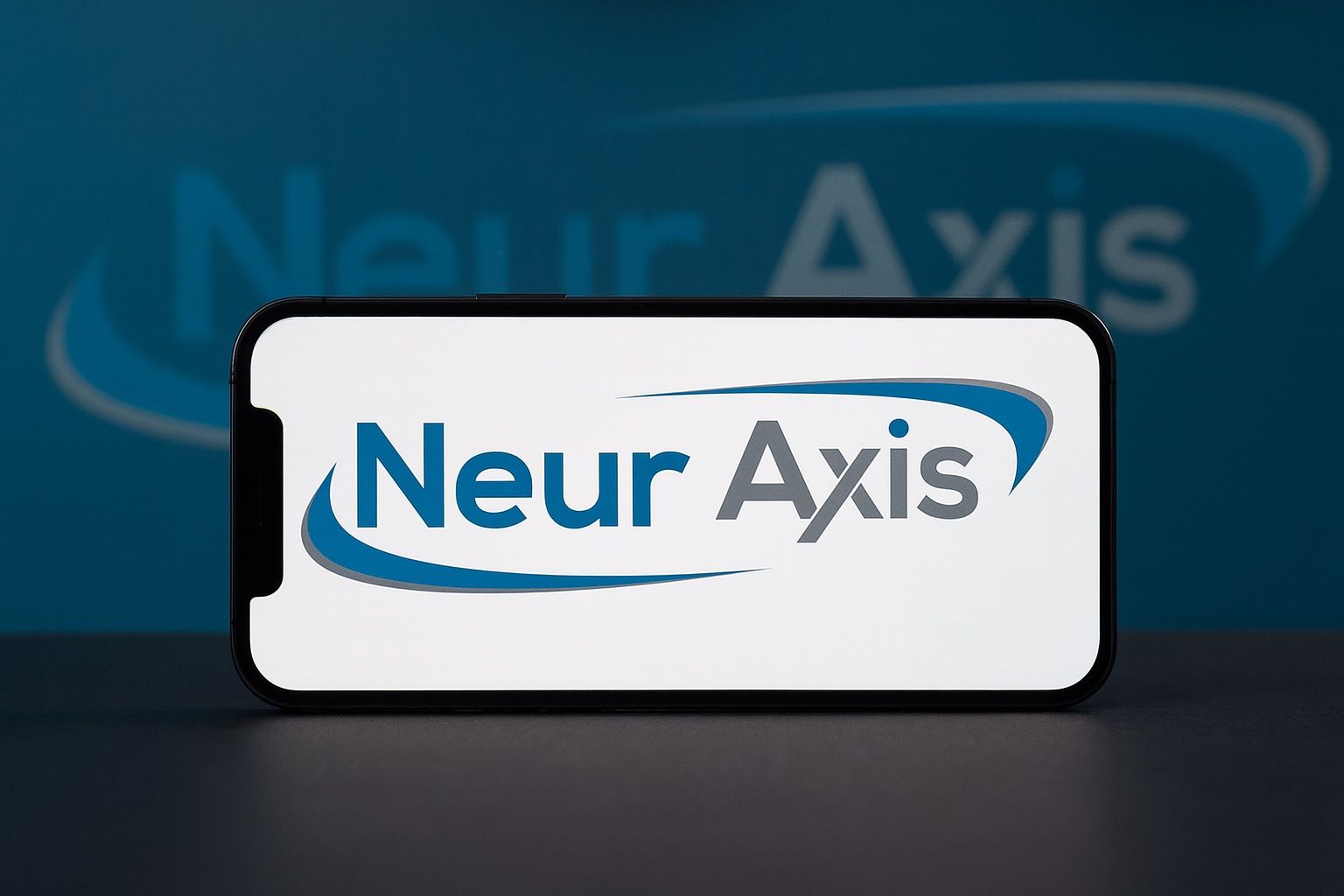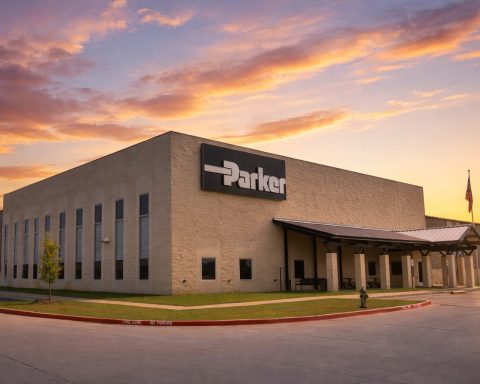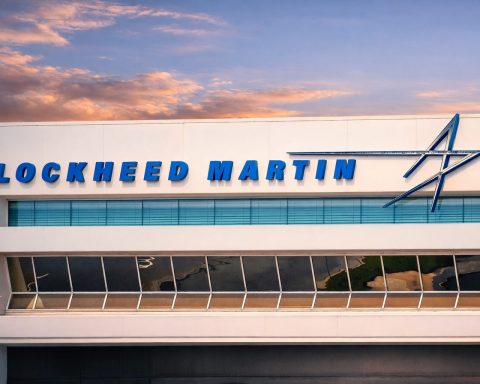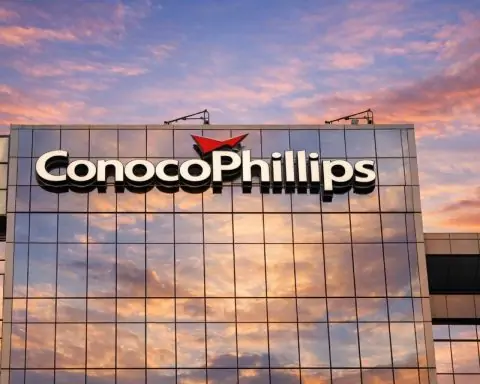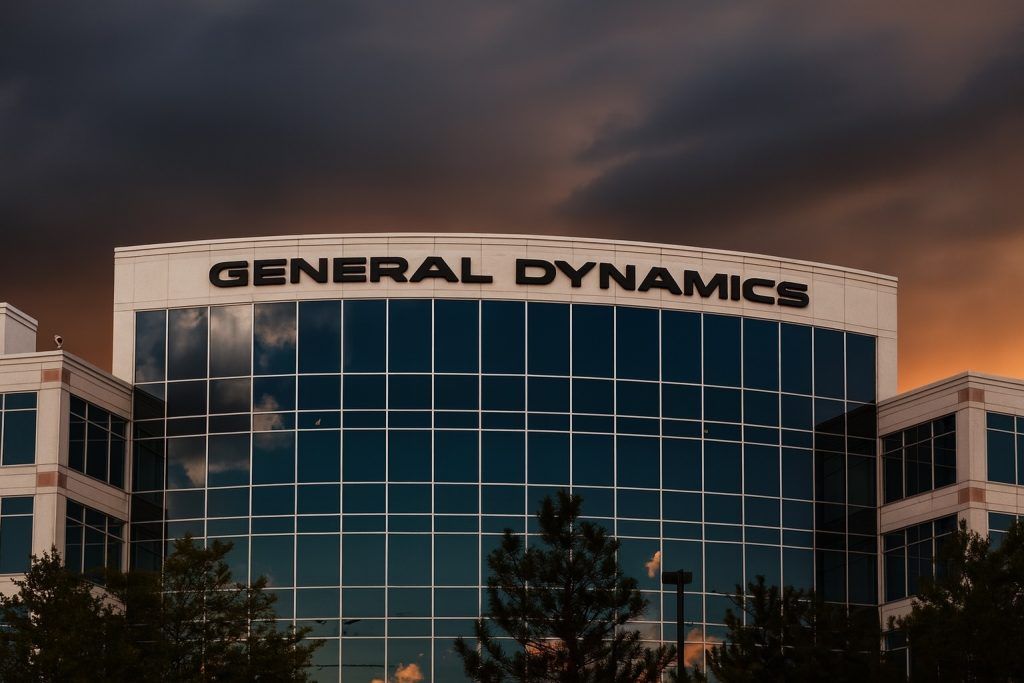- Stock Snapshot (Oct 24, 2025): NRXS closed around $3.82 on Oct. 23 (up ~0.8%) with daily volume on the order of 30–50K shares [1]. The shares have climbed the past few days, reflecting strong interest in new catalysts [2].
- FDA Breakthrough: On Oct. 24, NeurAxis announced FDA 510(k) clearance of its PENFS (Percutaneous Electrical Nerve Field Stimulation) device for treating adult functional dyspepsia (FD) pain [3]. This is the first ever FDA-cleared therapy for FD in adults (ages 8+), dramatically expanding NeurAxis’s addressable market [4] [5].
- Corporate Updates: In recent months NeurAxis has bolstered its finances. It closed a $5.0M registered direct offering in May 2025 [6] and in October 2025 increased its “at-the-market” stock facility to $6.27M (though no shares were sold yet) [7]. CEO Brian Carrico said the capital raises (plus warrant exercises) strengthen the balance sheet for growth and the upcoming CPT reimbursement code [8]. The company also expanded insurance coverage: two insurers in CT/MA added PENFS policies (~700K new lives, bringing total covered lives to ~53M) [9].
- Financial Results: NeurAxis reported 46% revenue growth for Q2 2025 (vs. year-ago) [10]. Gross margins were strong (~84%) on low sales, and operating losses narrowed on year-over-year growth. In an August earnings call, CEO Brian Karako noted NeurAxis is still in the “very early stages” of growth and expects substantial ramp-up ahead [11]. The company reiterated plans to leverage these new FDA approvals and guideline wins into higher sales.
- Analyst Sentiment: With limited analyst coverage, opinions are mixed. One analyst consensus rates NRXS a “Strong Buy” with a 12-month price target of $7.00 (implying ~80% upside) [12]. However, automated AI-driven analysis at SparkNotes gives a more neutral stance, citing strong growth prospects but cautioning about ongoing losses and valuation [13]. TipRanks similarly notes the “Spark’s Take” on NRXS is Neutral (Hold) with a $4.00 target [14]. In practice, recent price momentum (pre-market upticks to ~$4.05 on Oct. 24) suggests bullish sentiment after the FDA news.
- Industry Context: NeurAxis operates in a booming neuromodulation market. Industry forecasts project the global neuromodulation market to swell from about $6.6B (2025) to $10.1B by 2030 (8.6% CAGR) [15]. Functional dyspepsia itself is a large unmet market – drugs for FD are a ~$5.8B market today (projected to ~$8.7B by 2035) [16]. PENFS is the first non-pharmacological, FDA-cleared option for chronic FD pain [17]. Broader healthcare trends favor such devices: for example, Ampa (a neuromod startup) recently rolled out an FDA-cleared portable brain-stimulation system after a funded launch [18]. As one analysis notes, NeurAxis’s device “aligns with the broader neuromodulation market’s trajectory” toward minimally invasive, drug-free therapies [19].
Recent FDA Approval and Market Reaction
NeurAxis’s Oct. 24, 2025 announcement of FDA 510(k) clearance for its PENFS device immediately grabbed market attention. The clearance authorizes use in adults (8 years and up) for functional abdominal pain associated with FD and nausea, a segment previously lacking any approved device treatment [20]. Investing.com and other outlets confirm this milestone — noting it’s “the first FDA clearance or approval” for an adult FD treatment [21]. In pre-market trading on Oct. 24, NRXS shares jumped (around +4% in early quotes) on the news, reflecting relief that FDA evidence support (from pediatric studies) could be extended to adults [22]. Management expects this expansion to “drive substantial top-line growth” as the therapy can now reach millions of adult patients along with children.
At the same time, NeurAxis disclosed it raised its ATM offering cap. The 8-K filing (cited by Investing.com) shows the Craig-Hallum at-market facility was upped from $3.3M to $6.27M as of Oct. 23 [23]. No shares had been sold under the plan to date, but the larger capacity gives the company flexibility to raise capital into this growth phase. This comes after May 2025’s $5M equity sale (1.538M shares @ $3.25) [24], which CEO Carrico said, along with the new FDA clearance, “marks a significant milestone” and strengthens the balance sheet ahead of wider adoption (e.g. CPT code implementation) [25].
Strategic Developments & Guidance
NeurAxis has been busy positioning itself for growth. In mid-2025 it achieved key non-trading milestones: IB-Stim/PENFS was added to pediatric IBS guidelines (June 2025) and new insurer policies cover the therapy, as noted in press releases [26] [27]. CEO Carrico has repeatedly emphasized these steps: for instance, after the Q2 call he highlighted that becoming standard care in guidelines and the upcoming Category I CPT code (Jan 1, 2026) will “assign value” to the procedure and boost reimbursement [28]. The June PR states the new Connecticut/Massachusetts policies cover ~700,000 lives (bringing total national coverage to ~53M) [29], making the device more accessible.
On the financial side, NeurAxis’s Q2 2025 results (reported Aug.) showed $0.894M revenue (up 46% YoY) and an 83.6% gross margin [30]. Operating losses persisted (about –$1.7M GAAP in Q2) as the company continues to invest, but management stressed revenue growth and operating leverage are gaining. CEO Brian Karako told investors that “we are still in the very early stages” of growth and expects revenues to grow strongly as the product line expands [31]. CFO Tim Henrichs echoed this, noting NeurAxis is demonstrating “operating expense leverage” as sales rise [32].
Analyst Commentary and Price Targets
Despite only modest sell-side coverage, analyst views exist. MarketBeat reports NeurAxis’s lone 12-month price target is $7.00 (an 83% premium to today’s price) with a consensus “Buy” rating [33]. This bullish stance reflects the potential headroom if the company can penetrate the large GI market. By contrast, algorithmic screens are more tempered. TipRanks’ NewsWire summary notes that its AI-driven “Spark” model assigns NRXS a Neutral (Hold) rating with a $4.00 price target [34]. It cites “strong revenue growth and technical momentum” but also warns of “significant financial challenges and valuation concerns” [35]. (StockInvest similarly shifted its rating from “Strong Buy” to just “Buy” after recent advances, noting technical sell signals at new highs [36].) In sum, experts see upside from here but remind investors NRXS remains highly speculative with losses and low liquidity.
Industry Trends and Comparables
NeurAxis’s progress comes amid rapid advances in neuromodulation devices. Analysts project the overall neuromodulation market will grow from $6.6B in 2025 to over $10.0B by 2030 (an ~8.6% CAGR) [37]. Functional dyspepsia specifically affects a large patient pool (15–30% worldwide) and drug therapies have failed to fully satisfy demand. The FD drug market alone was estimated at ~$5.8B in 2024 (rising to ~$8.7B by 2035) [38], leaving room for device-based solutions. PENFS may capture a share of this market, especially now that it is the first FDA-cleared therapy for FD pain (including nausea) in adults [39].
Comparable developments in neuromodulation highlight the trend. For example, Ampa, a startup focused on depression therapy, just emerged with an FDA-cleared portable TMS device and an oversubscribed $8.5M funding round [40]. This underscores growing investor appetite for non-invasive neurotech. As one industry piece notes, NeurAxis’s product “aligns with the broader neuromodulation market’s trajectory” toward minimally invasive, non-pharma treatments [41].
Outlook and Conclusion
Looking ahead, NeurAxis’s next milestones include launching the adult FD indication commercially and rolling out the new CPT reimbursement code on Jan. 1, 2026, which management expects will “incentivize broader adoption” [42]. Investors will monitor how quickly insurers establish coverage for the expanded adult use and whether new clinical data (or real-world results) emerge. The company’s cash runway ($4.4M cash as of Sept. 2025, per filings [43]) and access to ATM funding will be critical to sustain marketing until sales ramp. If NeurAxis can execute, analysts suggest the long-term upside could be substantial – indeed the average target implies prices well above current levels [44]. For now, the tone is cautiously optimistic: the FDA clearance and guidelines wins have removed key hurdles, but translating those into profits will take time.
Sources: Official press releases and financial filings by NeurAxis [45] [46] [47] [48] [49]; earnings transcripts and filings summaries [50] [51]; independent analysis (Investing.com, TipRanks, MarketBeat, StockInvest, AInvest) [52] [53] [54] [55] [56].
References
1. stockinvest.us, 2. stockinvest.us, 3. www.investing.com, 4. www.investing.com, 5. www.ainvest.com, 6. www.globenewswire.com, 7. www.investing.com, 8. www.globenewswire.com, 9. www.globenewswire.com, 10. www.investing.com, 11. www.investing.com, 12. stockanalysis.com, 13. www.tipranks.com, 14. www.tipranks.com, 15. www.ainvest.com, 16. www.ainvest.com, 17. www.ainvest.com, 18. www.prnewswire.com, 19. www.ainvest.com, 20. www.investing.com, 21. www.investing.com, 22. www.investing.com, 23. www.investing.com, 24. www.globenewswire.com, 25. www.globenewswire.com, 26. www.globenewswire.com, 27. www.globenewswire.com, 28. www.globenewswire.com, 29. www.globenewswire.com, 30. www.investing.com, 31. www.investing.com, 32. www.investing.com, 33. stockanalysis.com, 34. www.tipranks.com, 35. www.tipranks.com, 36. stockinvest.us, 37. www.ainvest.com, 38. www.ainvest.com, 39. www.ainvest.com, 40. www.prnewswire.com, 41. www.ainvest.com, 42. www.globenewswire.com, 43. www.investing.com, 44. stockanalysis.com, 45. www.globenewswire.com, 46. www.globenewswire.com, 47. www.globenewswire.com, 48. www.investing.com, 49. www.investing.com, 50. www.investing.com, 51. www.investing.com, 52. stockinvest.us, 53. www.investing.com, 54. www.tipranks.com, 55. stockanalysis.com, 56. www.ainvest.com
